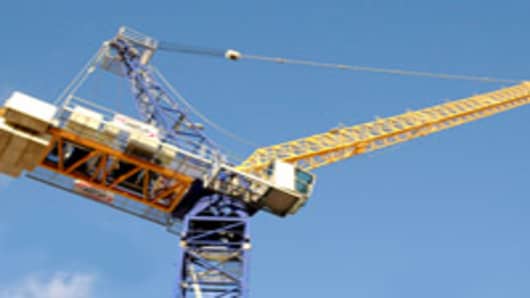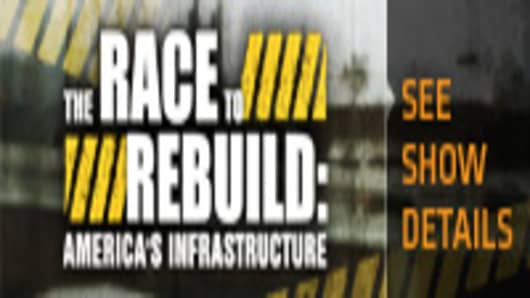America has neglected its infrastructure for years, and the system we have today is woefully insufficient for meeting the needs and challenges of the 21st century. Instead of investing in highways, ports, high-speed rail projects, and modern utilities, the U.S. has for decades continued putting new coats of paint on the same cracked wall. As a result, Americans continue to sit in hours of traffic each day and trade is hampered by congested ports and entryways.
Coastal areas continue to be one Category 3 hurricane away from mass devastation. Major cities still rely on water pipes and sewers more than a century old that regularly leak and burst, and would certainly not fare well in a major earthquake. Aside from some forward-thinking Asian countries, the situation is even worse globally, particularly in regions with mass poverty and unstable political and economic climates.
Modern infrastructure is not just a public good, but an economic one too. Communities with modern, effective infrastructure draw new investment, and the actual construction of new projects creates jobs. Today’s political leaders have good reason to promote domestic infrastructure investment, as academic research unequivocally shows a link between the state of local infrastructure and economic development.
The Problem
Unfortunately, when it comes to infrastructure projects, there is no central marketplace for sharing of opportunities. Countries and other public and private sponsors have traditionally presented opportunities in an old-fashioned word-of-mouth format, and infrastructure investors lack a point of access into bankable investment opportunities.



